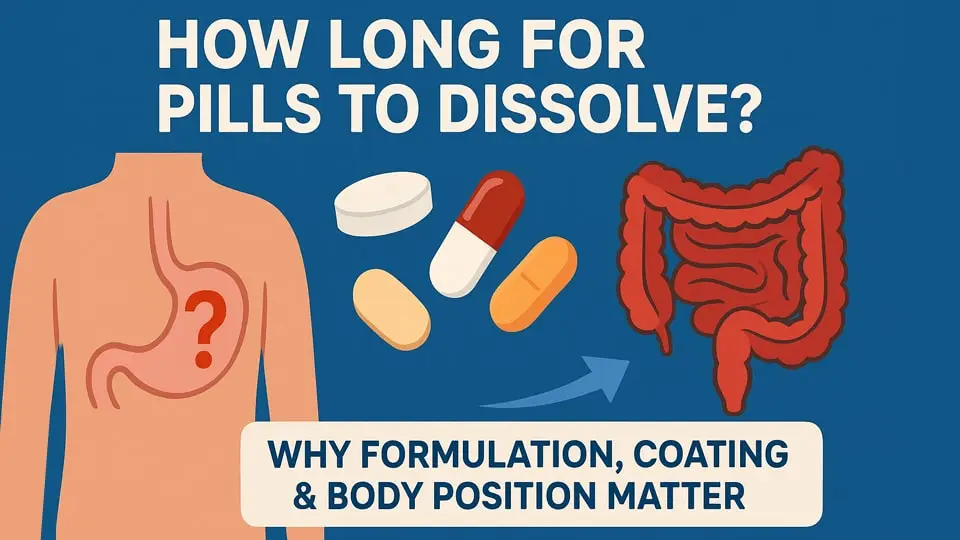
Stick Pack vs Sachet: The Ultimate Guide to Key Differences
Discover the key differences between stick pack and sachet packaging. Learn about their design, production
Cartoning machines (often called cartoners or cartoner machines) are essential packaging machines that automatically form, fill, and seal cartons. In practice, you might also hear them called an automatic box packing machine or part of your cartoner equipment. These machines take flat carton blanks, erect them into box shape, load products (bottles, sachets, leaflets, etc.) inside, then close and seal the box – all in one streamlined process.
Cartoning machines act like the last step in a production line. They automatically pick up a flat carton blank, erect it into shape, fill it with products, and seal it into a finished package. This automation brings speed and precision to packaging lines, making it a friendly helper for packaging professionals.

A cartoning machine works through a series of coordinated steps to transform flat carton blanks into filled, sealed boxes. The basic process can be summarized as follows:
These steps happen very quickly and continuously in a modern automatic cartoning machine. In a high-speed line, cartons can be erected, filled, and sealed at rates of hundreds per minute. Many machines also include features like printing batch codes or attaching tamper-evident seals during the sealing phase.
[jl_youtube src=”https://www.youtube.com/embed/kxNCi5rdFpI”]
Cartoning machines come in different layouts and automation levels. The two main layout types are horizontal and vertical cartoners, and each suits different products and applications.
Horizontal cartoners (also called side-load cartoners) insert products into cartons from the side. In these machines, a carton blank is erected and moved to an open station. The product is pushed horizontally into the carton’s open end. After insertion, the box is automatically closed and sealed. Horizontal cartoners are common on fast packaging lines. They are widely used for products like cereal boxes, blister packs, bottled drinks, or hardware items. Because they load from the side, they handle rigid or bulkier items well. Manufacturers of food, pharmaceuticals, cosmetics, and industrial goods often use horizontal cartoners to pack large volumes quickly.

Vertical cartoners (or end-load cartoners) load products from above into upright cartons. A carton is erected vertically, and products are dropped or placed into it from the top. Once the products are inside, the top flaps are folded and sealed. This top-loading style is ideal for delicate or granular products that can safely drop into place. It’s frequently used in pharmaceutical and cosmetics packaging for items like glass vials, jars, tubes, or soaps. Vertical cartoners typically have a shorter in-feed, reducing the chance of damage, so they’re great for fragile or uneven products.

In summary, horizontal cartoners push items into the box sideways and suit high-speed bulk packaging, while vertical cartoners drop items in from above and excel with delicate or free-falling products. When browsing equipment catalogs, you may see machines listed as horizontal cartoner or vertical cartoner, corresponding to these two styles.
Besides orientation, cartoners differ by automation level. A semi-automatic cartoning machine still requires an operator to place products into the open carton. There is no automatic product feed, so it tends to be slower and requires more manual effort. This simpler setup can be suitable for low-volume lines or very irregular products.
In contrast, a fully automatic cartoner (cartoning machine) forms, fills, and seals cartons without human intervention. Fully automatic machines can work in intermittent or continuous modes. In intermittent mode, the line stops briefly to load cartons before sealing – useful for odd-shaped items. In continuous mode, cartons move nonstop, maximizing speed for uniform products. Automatic cartoning machines often include sensors, printers, or labelers to add lot codes or warnings. For busy factories needing high throughput, a fully automatic cartoner is the go-to solution, and you’ll see terms like automatic cartoning machine or automatic box packing machine in their specs.
Cartoning machines are used across many industries. Here are some typical applications:
Each cartoning application might use a different machine configuration. For example, medicines in blister packs often use horizontal cartoners with pick-and-place feeders, while tablets in pouches might use vertical cartoners with gravity feed.

Investing in a cartoning machine brings many advantages to your packaging line. Key benefits include:
Overall, cartoning machines streamline your workflow, boost capacity, and help ensure every package is safe and professional-looking.
Selecting the best cartoner for your needs involves balancing several factors. Here are key considerations:
By answering these questions and consulting with manufacturers (like at jinlupacking.com), you can narrow down to the cartoning machine that best fits your production line and goals.
In the end, cartoning machines are versatile tools – whether you call it a cartoner, automatic cartoning machine, or automatic box packing machine, the goal is the same: faster, smarter packaging. As you can see, knowing how cartoners work and what to look for will help you make the right choice for your business.
Ready to upgrade your packaging? Consider what type of cartoner fits your line, and start packing smarter today!
A cartoning machine (or cartoner) is packaging equipment that automatically erects flat carton blanks, fills them with products, and seals them. It combines carton forming, product insertion, and carton closing into a streamlined process.
There are two main types:
• Horizontal cartoners, where products are loaded from the side of the carton.
• Vertical cartoners, where products drop into cartons from above.
Also, machines can be semi-automatic (partial manual loading) or fully automatic (automatic forming, filling, and sealing).
An automatic cartoning machine takes flat carton blanks via a magazine, erects them into box shape, loads products (via conveyors or pick-and-place systems), and then seals the cartons (by tucking flaps or using glue). It often includes sensors, alarms, and control panels for precision.
• Improves production speed and throughput.
• Reduces labor costs by automating repeated tasks.
• Ensures consistent quality in carton forming, filling, and sealing.
• Easily integrates with other machines (e.g., filling lines, labelers).
• Customizable to different carton sizes and product types.
• Horizontal cartoner: Best for flat or long products (e.g., blister packs, vials) and high-speed lines.
• Vertical cartoner: Ideal when products can drop by gravity into cartons (e.g., granular items, bottles), or when floor space is limited.
Speeds vary widely based on design, but high-end automatic cartoning machines can handle tens to hundreds of cartons per minute, depending on carton size, product, and machine configuration.
• Pharmaceuticals: for vials, blister packs, tubes, including leaflet insertion.
• Food & Beverage: snack boxes, sachets, cereal cartons, bottled products.
• Cosmetics & Consumer Goods: personal care items, cosmetics sets.
• Industrial Products: hardware parts, small devices, accessories.
Cartoning machines can seal cartons via:
• Tucking (flap tucking)
• Gluing (hot melt adhesive)
• Some machines may also support tamper-evident sealing or specialized seals.
Regular maintenance includes: checking carton magazine, cleaning sensor areas, inspecting glue or sealing heads, and ensuring smooth operation of forming and feeding stations. Also, good suppliers provide training, spare parts, and support to minimize downtime.
Yes — if your production volume is moderate or you need flexibility. With a semi-automatic cartoner, the machine handles carton erecting and sealing, but an operator may manually load products. This reduces cost compared to fully automatic machines, though throughput is lower.

Discover the key differences between stick pack and sachet packaging. Learn about their design, production

The definitive guide for engineers: Compare every type of tablet press machine (single punch, rotary, high-speed).

Learn what Alu-Alu blister packaging is, how it’s made, and why it provides unmatched moisture

Learn how pill formulation, coating and even body posture can dramatically affect how long for
Friendly Links: Rich Packing | Capsule Filling Machine Manufacturers